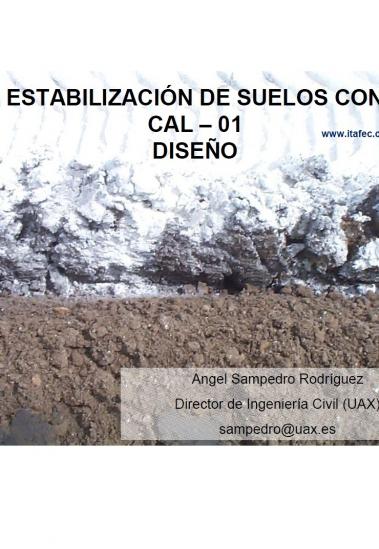Ángel Sampedro Rodríguez
Biography
Graduated in Civil Engineering. MBA Executive.
- Civil Engineering Manager at the Higher Polytechnic School at the Spanish Alfonso X El Sabio University (UAX). Director of the university degree of Civil Engineering; of the engineering degree in Public Works; of the masters degree in Civil Engineering; of the masters degree in Occupational Health and Safety.
- Consultant. Councelling, Reports, Research, Surveys and Arbitration, Fieldwork and Training in different areas of civil engineering.
- Lecturer on the Master’s Programme of Business Administration (MBA) at the postgraduate institution of the Alfonso X El Sabio University. Module of Innovation, Systems and Technology Management.
- Master Lecturer in Soil Mechanics and Geotechnical Engineering at CEDEX (of the Spanish Ministry of Public Works and Transport). Module 8, Earth structures.
- Master Lecturer in Mobility and Road Safety Audit. Polytechnic University of Madrid (UPM) and Spanish Road Association (AEC). Submodule IX. Accident rates research and Submodule X. Road Safety audits. Asphalt and pavements, design, evaluation and rehabilitation.
Professional background:
- Senior Manager. Department of linear projects and urban infrastructures. Grupo ALATEC. Madrid, Spain.
- Technical Manager. Spanish national association of manufacturers of lime and its derivatives (ANCADE). Madrid.
- Roads construction and maintenance. CONSERVACIÓN DE VIALES, S.A., and CONSTRUCCIONES Y OBRAS LLORENTE, S.A. (COLLOSA – Grupo BITRÉBOL). Valladolid, Spain.
- Research and projects at the Railways and transports department of the engineering and consultancy company PROINTEC, S.A. Madrid, Spain.
Rate author
Average valuation
0.00
Publications
-
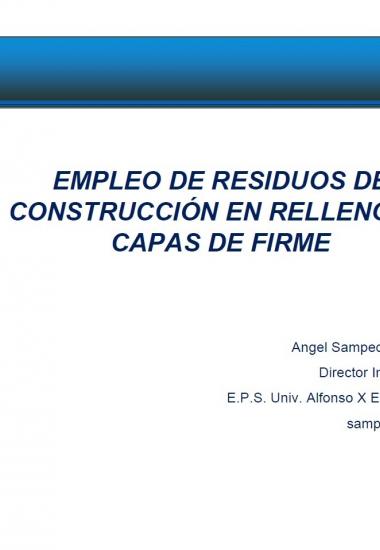
Empleo de residuos de construcción en rellenos y capas de firme
Ángel Sampedro Rodríguez
Type:
TextsPrice:
1 crédits -
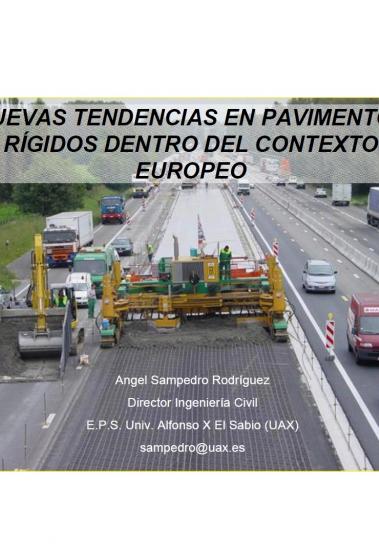
Nuevas tendencias en pavimentos rígidos dentro del contexto europeo
Ángel Sampedro Rodríguez
Type:
TextsPrice:
1 crédits -
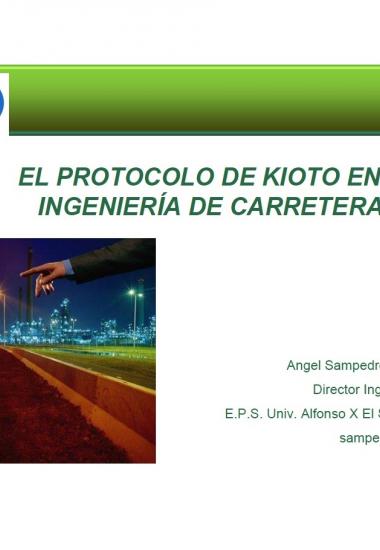
El Protocolo de Kioto en la ingeniería de carreteras
Ángel Sampedro Rodríguez
Type:
TextsPrice:
1 crédits -
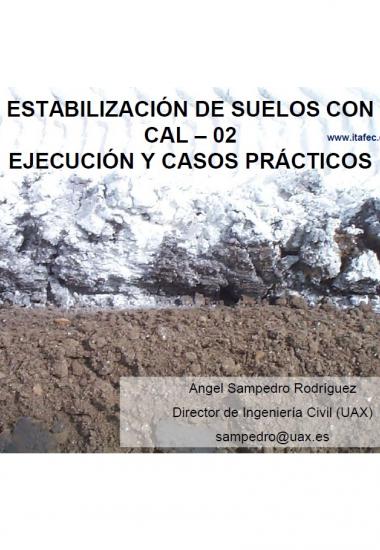
Estabilización de suelos con cal. Ejecución y casos prácticos
Ángel Sampedro Rodríguez
Type:
TextsPrice:
1 crédits -
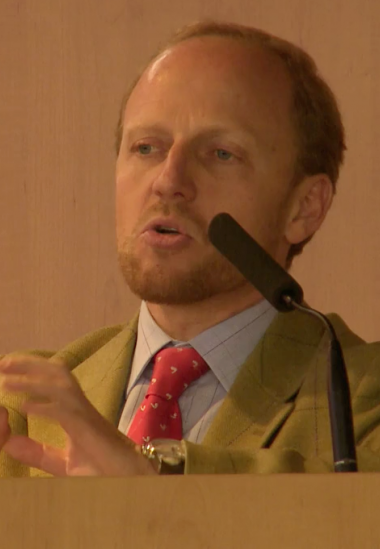
Empleo de las redes sociales en la divulgación de conocimientos en el ámbito universitario
Ángel Sampedro Rodríguez
Type:
VideosPrice:
2 crédits -
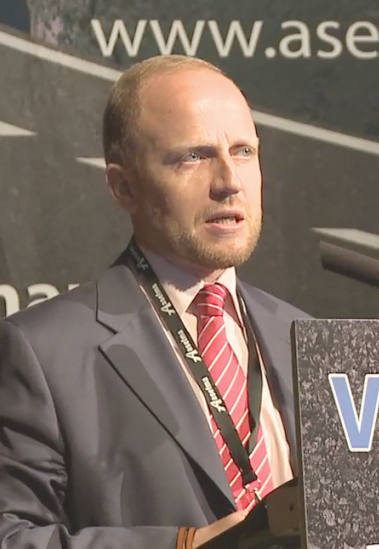
Análisis del ciclo de vida de la fabricación y puesta en obra de las mezclas bituminosas
Ángel Sampedro Rodríguez
Type:
VideosPrice:
2 crédits



